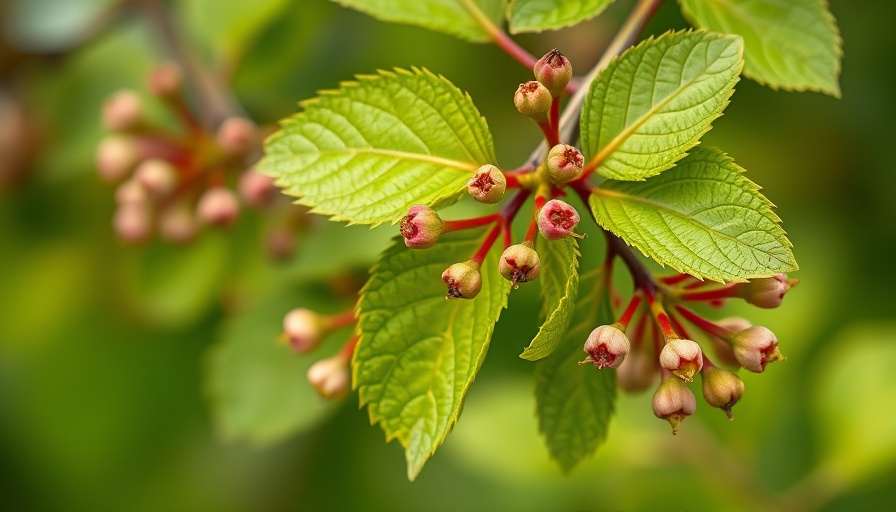
Unveiling the Charm of Flowering Currant
Flowering currant, known scientifically as Ribes sanguineum, is a splendid example of a native American plant that transforms when it finds new soil across the ponds. In the United Kingdom, it holds a spot in traditional gardens, often displaying vibrant pendant racemes of magenta, perfectly contrasting with the daffodils and forsythia during springtime. Some varieties, such as the elegant ‘Poky’s Pink,’ bring a serene twist to this floral spectacle. Over the years, cultivars have garnered accolades, winning awards from the esteemed Royal Horticultural Society.
Feed the Wildlife, Beautify Your Garden
More than just a pretty bloom, flowering currant serves as an ecological asset. Its blossoms emerge early in the season, providing an essential food source for local wildlife. As the shrub comes alive from February, it attracts bumblebees, butterflies, and hummingbirds, buzz-worthy guests unfazed by the lingering chill of spring. With its berries appearing in the fall, it continues to be a banquet for birds and small mammals.
Best Planting Practices
Flowering currant thrives best in full sun to partial shade, favoring moist, well-drained soils. When establishing your planting bed, ensure at least 2 meters between each shrub to allow for healthy airflow, which can ward off diseases like powdery mildew and leaf spot. As a fast-growing deciduous shrub capable of reaching heights upwards of 3 meters, it’s recommended to plant it where its vibrant colors can truly shine.
How to Propagate: Easy Techniques for Every Gardener
For budding gardeners, propagation is a simple method to multiply your investment in flowering currant. Whether through softwood or hardwood cuttings, the process stands gentle and forgiving. Softwood cuttings taken in early summer can yield new plants within a matter of weeks, while hardwood cuttings during its dormant season promise more mature growth.
Pests and Diseases: What to Watch Out For
Despite its resilience, flowering currant faces challenges like aphids and fungal diseases. Recognizing the signs early, such as distorted foliage from aphids or a white, powdery fungus from poor airflow, is vital for maintaining the health of your garden. Natural predators often handle pest outbreaks, but gardeners should remain vigilant and manage waters carefully to promote overall plant vigor.
Choosing the Right Variety
With varying colors and sizes, selecting the right cultivar can define your garden's aesthetic. From ‘King Edward VII’ with its rich crimson blooms to the exquisite ‘White Icicle,’ which adorns the landscape with cascading white clusters, each variety brings a unique flavor. Always source these plants from reputable nurseries to ensure health and vibrancy.
Conclusion: Why You Shouldn't Miss Out
As flowering currant continues to earn its place in both wild and cultivated spaces, its blend of beauty and utility makes it a garden must-have. Think of it not just as another shrub, but as a thriving ecosystem all in its own, contributing to biodiversity with every bloom. Ready to enhance your garden? Start with flowering currant and awaken your landscape to nature's vibrant colors!
 Add Row
Add Row  Add
Add 




Write A Comment